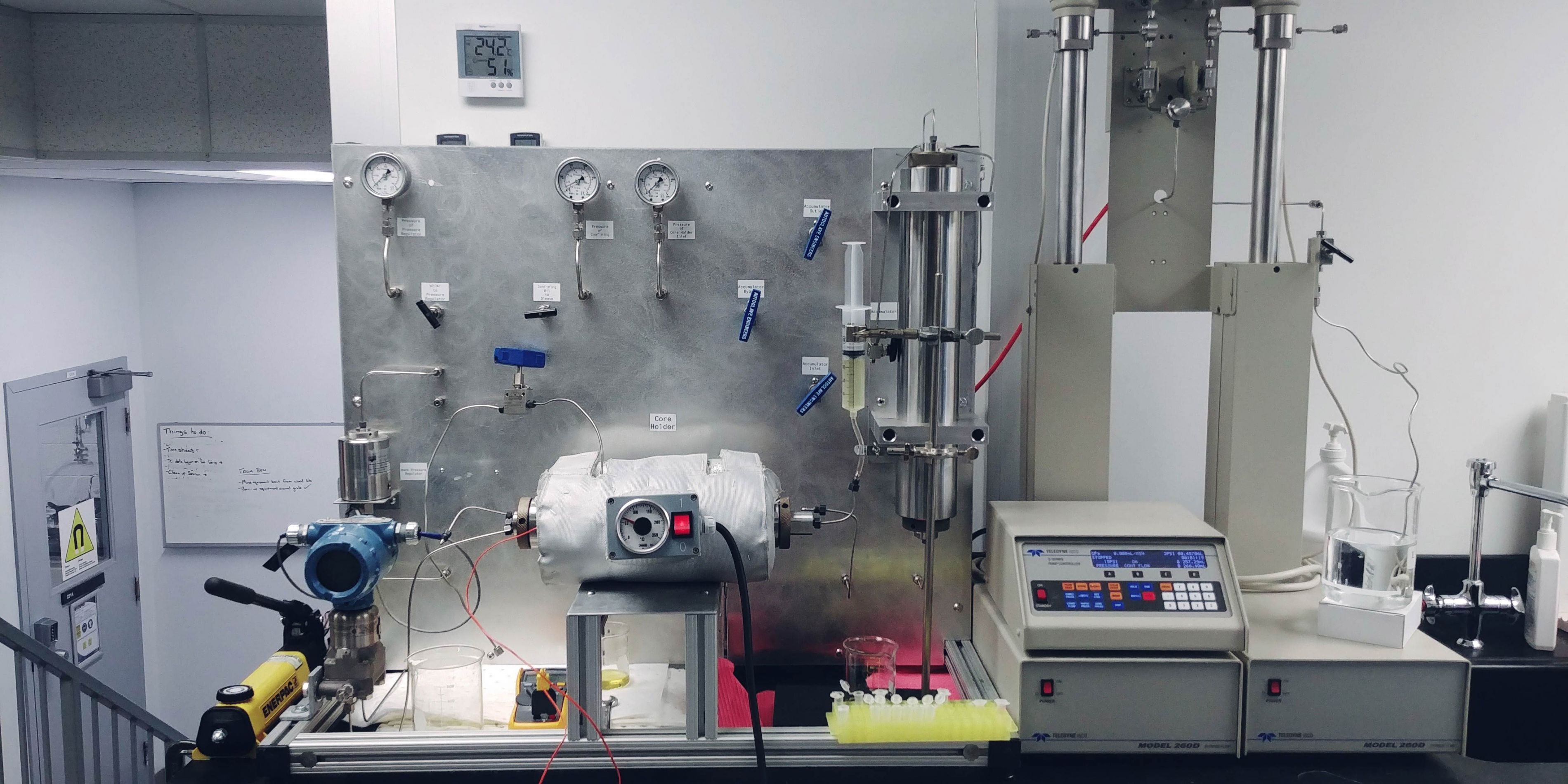Advancing the development of conventional and enhanced geothermal energy
Project location: CanmetENERGY Ottawa, Ottawa, ON
Timeline: 3 years (2019 to 2022)
Program: Renewable Energy
Background: geothermal energy in Canada
Geothermal energy is a source of clean, reliable, stable baseload power and can also be used to provide direct heat for a number of purposes, including district heating and greenhouses. Canada has enormous geothermal energy resources, varying in quality, across the country. Developing these resources will help reduce greenhouse gas (GHG) emissions associated with power and heating, and assist with meeting Canada’s CO2 reduction targets.
Geothermal power systems have been in operation since 1911. However, only a few direct heat use projects have been constructed in Canada to date. This is changing though, as a number of geothermal power projects are in various stages of development, including DEEP Corp’s 25-megawatt (MW) project in southern Saskatchewan, which aims to be online soon.
While the majority of Canada’s population is connected to a regional electricity grid, this is not the case for most communities and industrial sites in Canada’s North, who typically rely on diesel for heat and power. This is expensive and has significant environmental impacts. Geothermal energy is particularly attractive for such sites, especially if the waste heat is re-used for another purpose, such as powering greenhouses , which would also help address food security in the North.
Parts of the North are underlain by (sit above) high-temperature resources, which can be developed for high-efficiency electrical generation, using conventional geothermal energy production.
However, other parts of the North are underlain by colder rock, which would require enhanced geothermal systems. This requires drilling down 4-5 km or more to access rock that is hot enough to produce power. But, at this depth, the rock must be artificially fractured to create sufficient permeability. Such systems are still in the experimentation phase, although, a 6.5 km deep system in Finland is close to completion.
Project description
CanmetENERGY Ottawa is conducting research to help advance the deployment of geothermal energy in Canada. Our work is focused on the technology aspects of geothermal.
Our Subsurface Environment Team’s lab is equipped to characterize the thermal and hydraulic properties of rocks and to investigate rock-fluid interactions with experimental systems, such as coreflood instruments and geochemical modeling software. We have two focuses, as divided below.
Supporting the development of conventional geothermal energy
Geothermal resources that have sufficient natural permeability to produce enough water at a suitable temperature for commercial power or heat production are called hydrothermal reservoirs. In Canada, hydrothermal reservoirs are found in volcanic rock in British Columbia and the Yukon, and in sedimentary basins in the Prairies and parts of the North.
During operation, water is pumped from the production reservoir to the surface, where heat is extracted. It is then pumped back into the earth and injected downstream into the same, or another, formation. During its journey, the water cools, which can induce geochemical reactions that may cause minerals to form in the piping system (termed scale). Geochemical reactions may also occur when the water is injected into the disposal formation, especially if it is different from the production formation, as the fluid and minerals may not be in equilibrium. This may cause the area around the well to become plugged up, requiring costly treatment.
Currently, a number of developers are targeting deep sedimentary formations in the Prairies. To support the emerging development of geothermal energy in this area, CanmetENERGY Ottawa is conducting research and development (R&D) into fluid-rock interactions in the targeted reservoirs using instruments such as coreflood systems and geochemical modeling. Our work will help determine the potential for scale development and permeability impairment in disposal formations, which will help inform the development and operation of geothermal projects in this region. We are currently working with DEEP Corp in this area.

Figure 1: Coreflood system used to investigate rock-fluid interactions at representative subsurface pressure and temperature conditions.
Evaluating the opportunity for enhanced geothermal systems in Canada's North
Geothermal heat and power systems in Canada’s North will likely be restricted to larger communities, where energy demand is significant enough to make geothermal energy economically viable. Enhanced geothermal systems are much more expensive than conventional hydrothermal systems because of the increased drilling depth and the need to fracture the rock. However, they may still be economically competitive in certain remote, northern communities due to the high cost of diesel energy. Their competitiveness will be even greater if waste heat is utilized, and even more so if they are integrated with shallow geologic heat storage, where heat is captured in warmer months (when it is not needed) and stored in the shallow subsurface, and produced in colder months with ground-source heat pumps.
However, enhanced geothermal systems are still in the experimentation phase, and field and pilot studies are prohibitively expensive. In order to evaluate its feasibility in the North, and to inform any subsequent work, we plan to conduct detailed techno-economic modeling of enhanced geothermal systems, including integration with shallow geologic heat storage. Data on thermal gradients is extremely sparse in the north. As such, the modeling will use a range of values for parameters to estimate the net energy output and cost of a system considering optimal, likely, and sub-optimal conditions (for example, having to drill only 4 km vs. 7 km).
Contact CanmetENERGY in Ottawa
To learn more about this project, email our Business Office.
Page details
- Date modified: